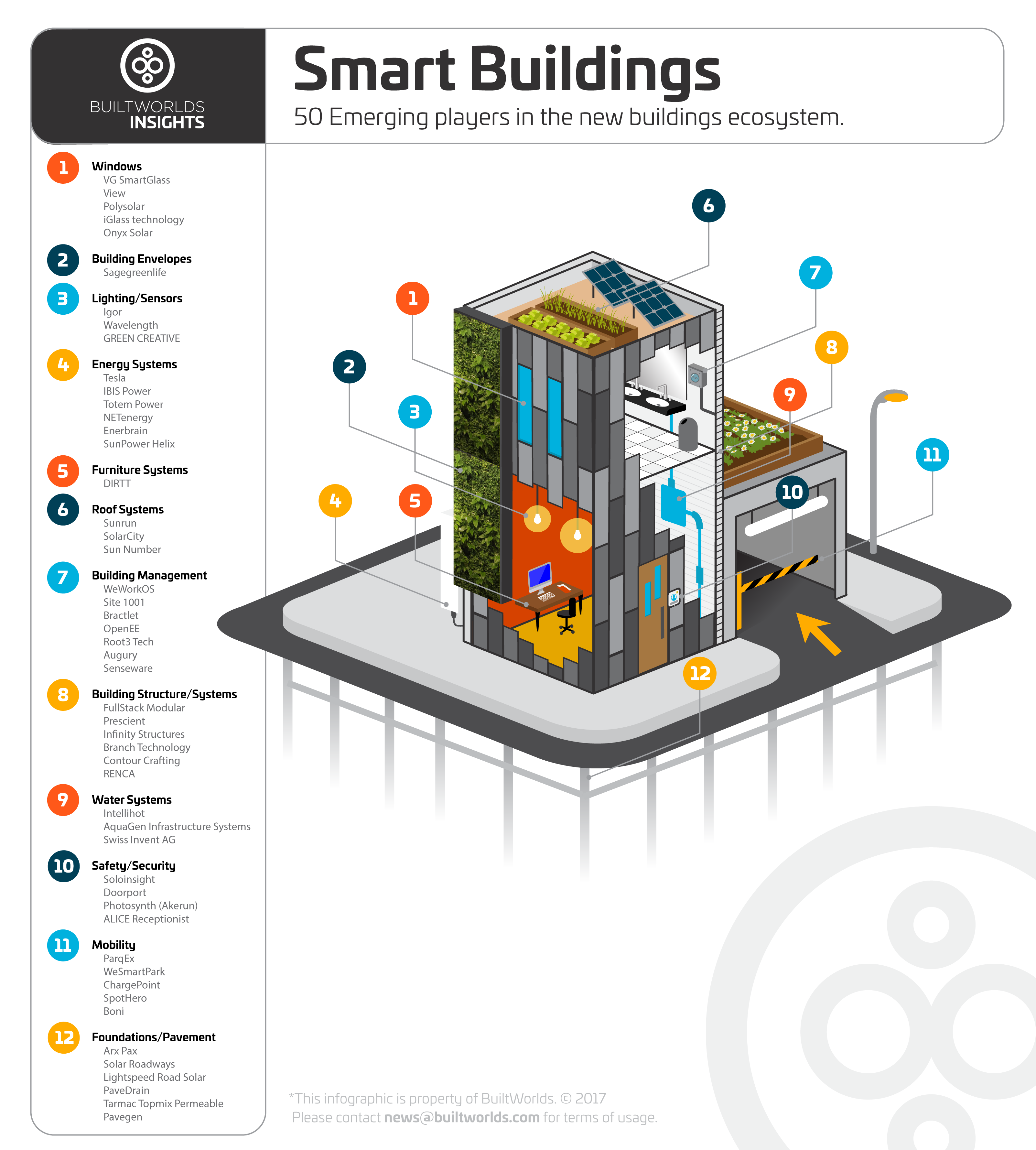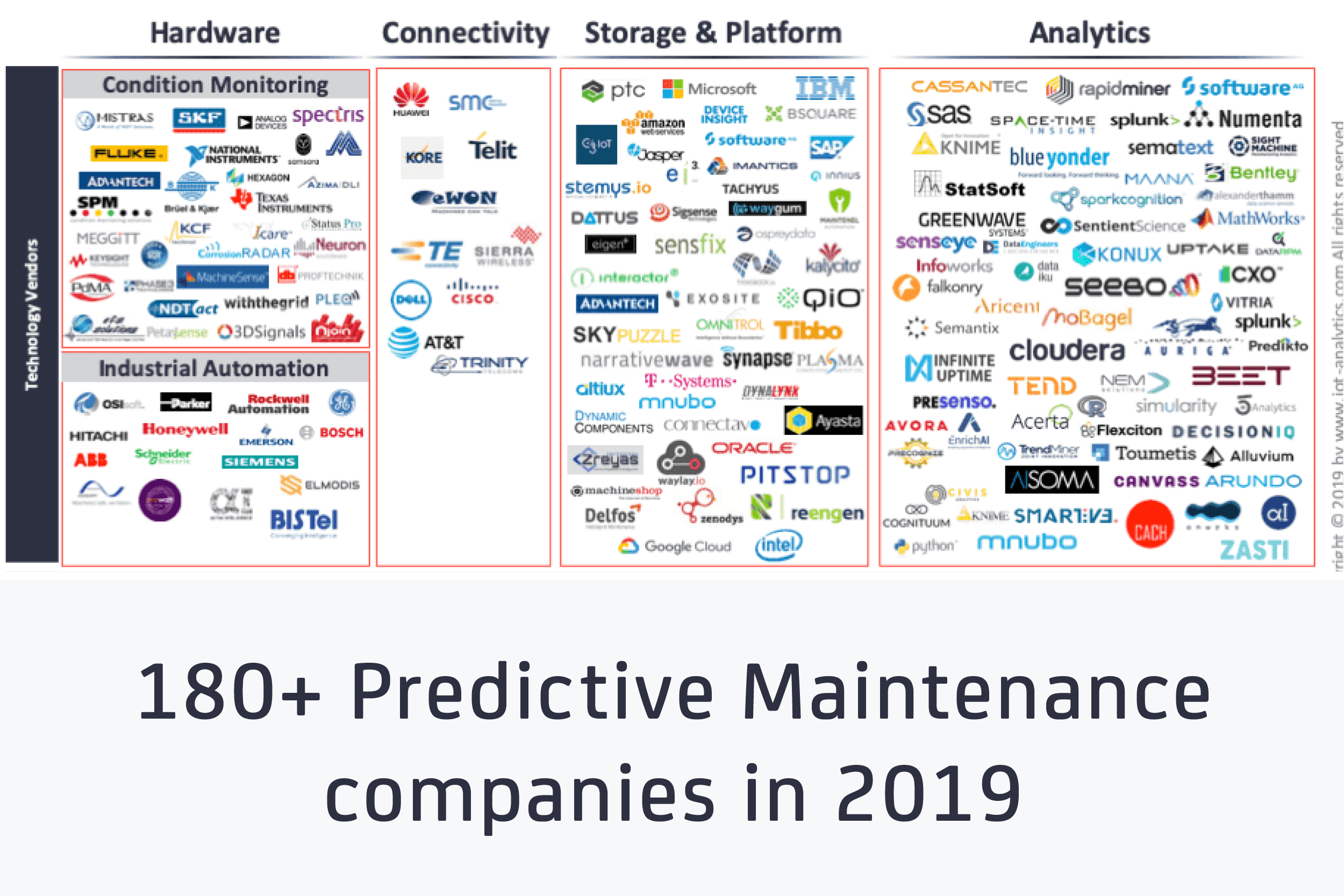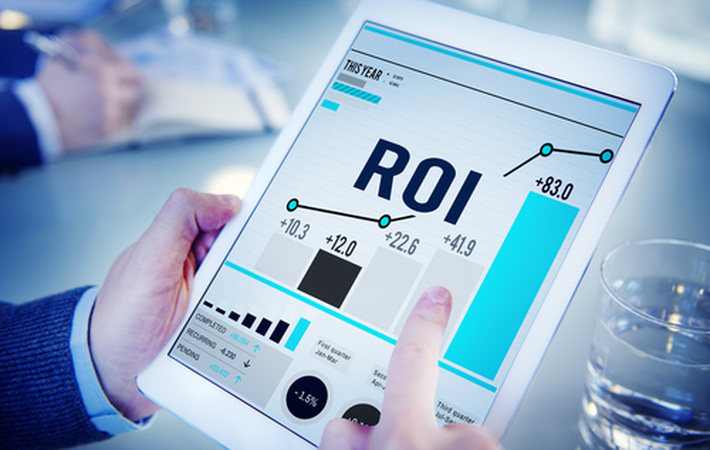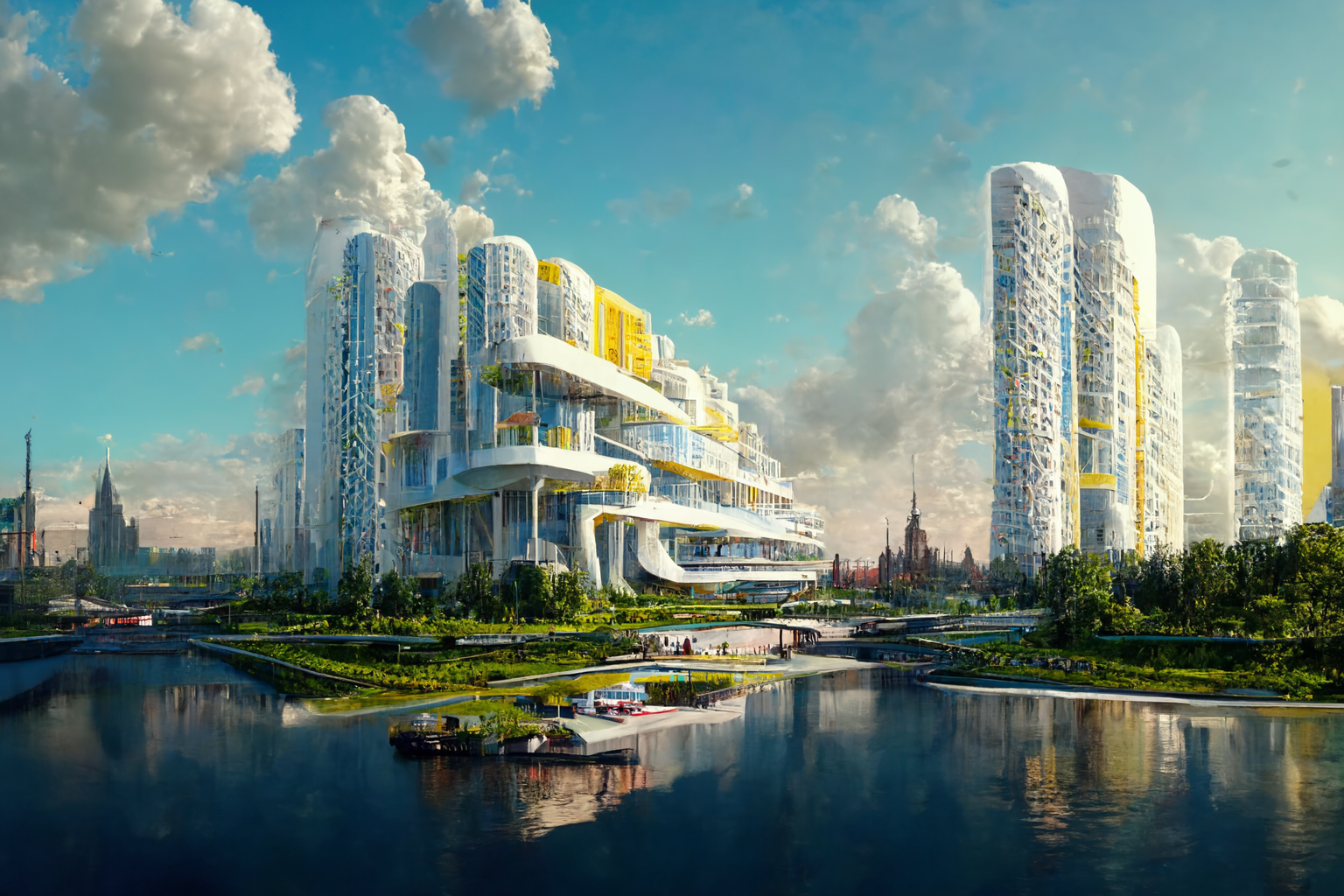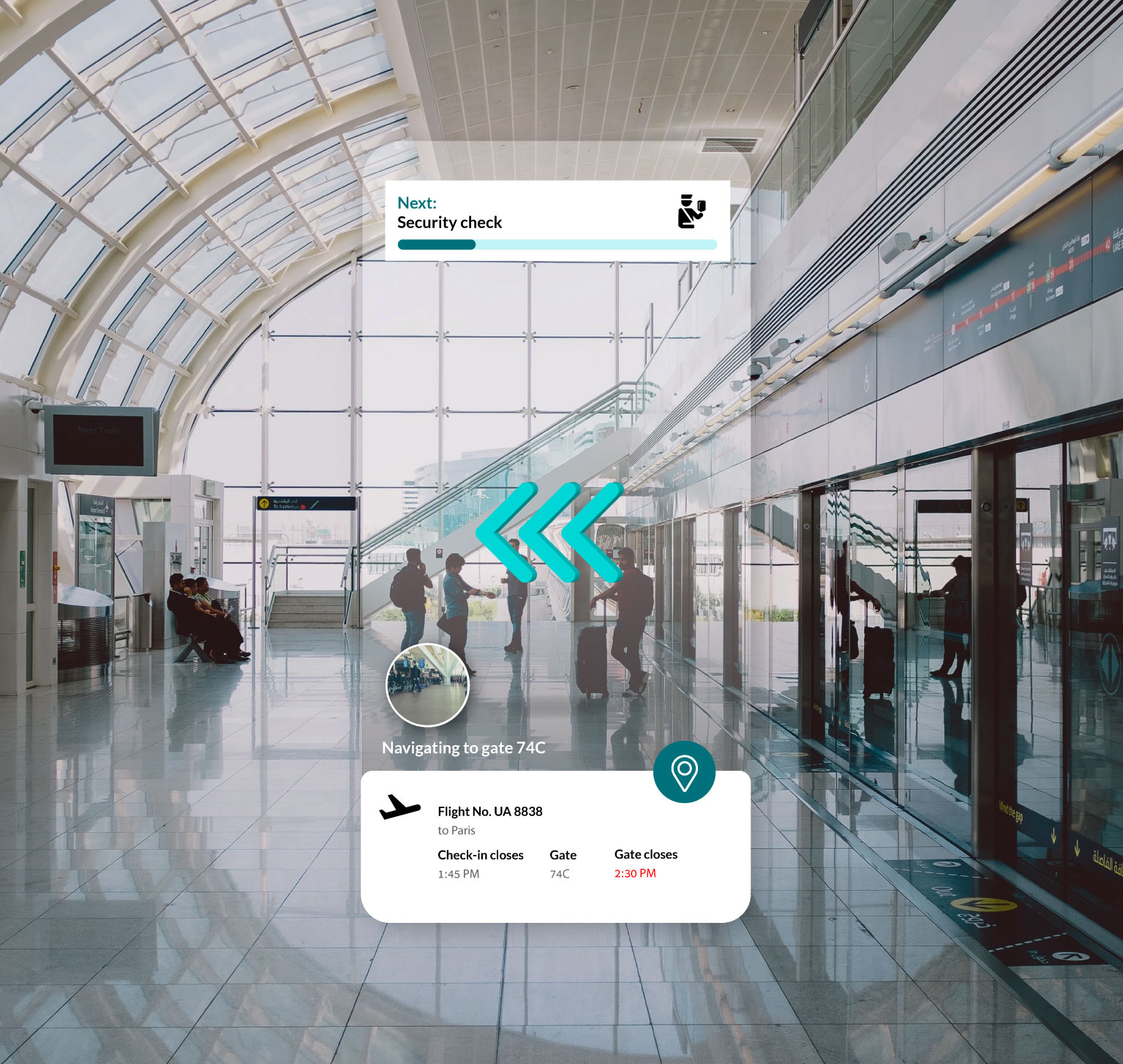Smart Building Presentation
| Introduction to Smart Buildings | ||
|---|---|---|
| Smart buildings are intelligent structures that use technology to optimize energy efficiency and enhance occupant comfort. These buildings are equipped with sensors, automation systems, and data analytics to monitor and control various systems. The goal of smart buildings is to create sustainable and connected spaces that reduce environmental impact and improve overall well-being. | ||
| 1 | ||
| Energy Efficiency in Smart Buildings | ||
|---|---|---|
| Smart buildings utilize advanced energy management systems to reduce energy consumption and costs. They optimize lighting, heating, ventilation, and air conditioning (HVAC) systems based on occupancy and environmental conditions. Energy-efficient technologies, such as LED lighting and smart thermostats, are integrated to minimize waste and maximize efficiency. | ||
| 2 | ||
| Enhanced Occupant Comfort | ||
|---|---|---|
| Smart buildings prioritize occupant comfort by adjusting temperature, lighting, and air quality in real-time. Occupant preferences can be personalized and automated, creating a comfortable environment for each individual. Sensors can detect occupancy levels and adjust settings accordingly, ensuring optimal comfort and reducing wasted energy. | ||
| 3 | ||
| Improved Security and Safety | ||
|---|---|---|
| Smart buildings are equipped with advanced security systems, including surveillance cameras, access control, and intrusion detection. Integrated fire detection and emergency response systems provide quick and effective responses to potential threats. Real-time monitoring and data analytics enable proactive identification of security and safety risks, enhancing overall building security. | ||
| 4 | ||
| Data Analytics and Predictive Maintenance | ||
|---|---|---|
| Smart buildings collect and analyze vast amounts of data from various systems and sensors. Data analytics algorithms identify patterns, trends, and anomalies to optimize building operations. Predictive maintenance uses data analysis to identify potential equipment failures before they occur, reducing downtime and maintenance costs. | ||
| 5 | ||
| Sustainable Practices and Environmental Impact | ||
|---|---|---|
| Smart buildings promote sustainability by reducing energy consumption and carbon footprint. They incorporate renewable energy sources, such as solar panels and wind turbines, to generate clean power. Water management systems, waste recycling, and efficient use of resources contribute to a greener and more sustainable future. | ||
| 6 | ||
| Smart Grid Integration | ||
|---|---|---|
| Smart buildings can interact with the electrical grid to optimize energy usage, taking advantage of off-peak hours and renewable energy availability. Demand response programs enable buildings to adjust their energy consumption based on grid conditions and incentives. Integration with the smart grid allows for more efficient and cost-effective energy management. | ||
| 7 | ||
| Cost Savings and Return on Investment (ROI) | ||
|---|---|---|
| Smart buildings can significantly reduce energy and maintenance costs, leading to long-term financial savings. The initial investment in smart building technologies can be recouped through energy savings and increased operational efficiency. Beyond financial gains, smart buildings also provide intangible benefits like improved tenant satisfaction and higher property values. | ||
| 8 | ||
| Future Trends and Innovations | ||
|---|---|---|
| The future of smart buildings includes advancements in artificial intelligence, machine learning, and Internet of Things (IoT) technologies. Integration with smart cities and grid systems will further optimize energy usage and enhance overall urban sustainability. Continuous innovation will lead to smarter, more efficient buildings that adapt to evolving needs and technologies. | ||
| 9 | ||
| Conclusion | ||
|---|---|---|
| Smart buildings are revolutionizing the way we design, construct, and manage buildings. With their focus on energy efficiency, occupant comfort, and sustainability, smart buildings are shaping the future of the built environment. Embracing smart building technologies can lead to significant cost savings, reduced environmental impact, and improved quality of life for occupants. | ||
| 10 | ||
